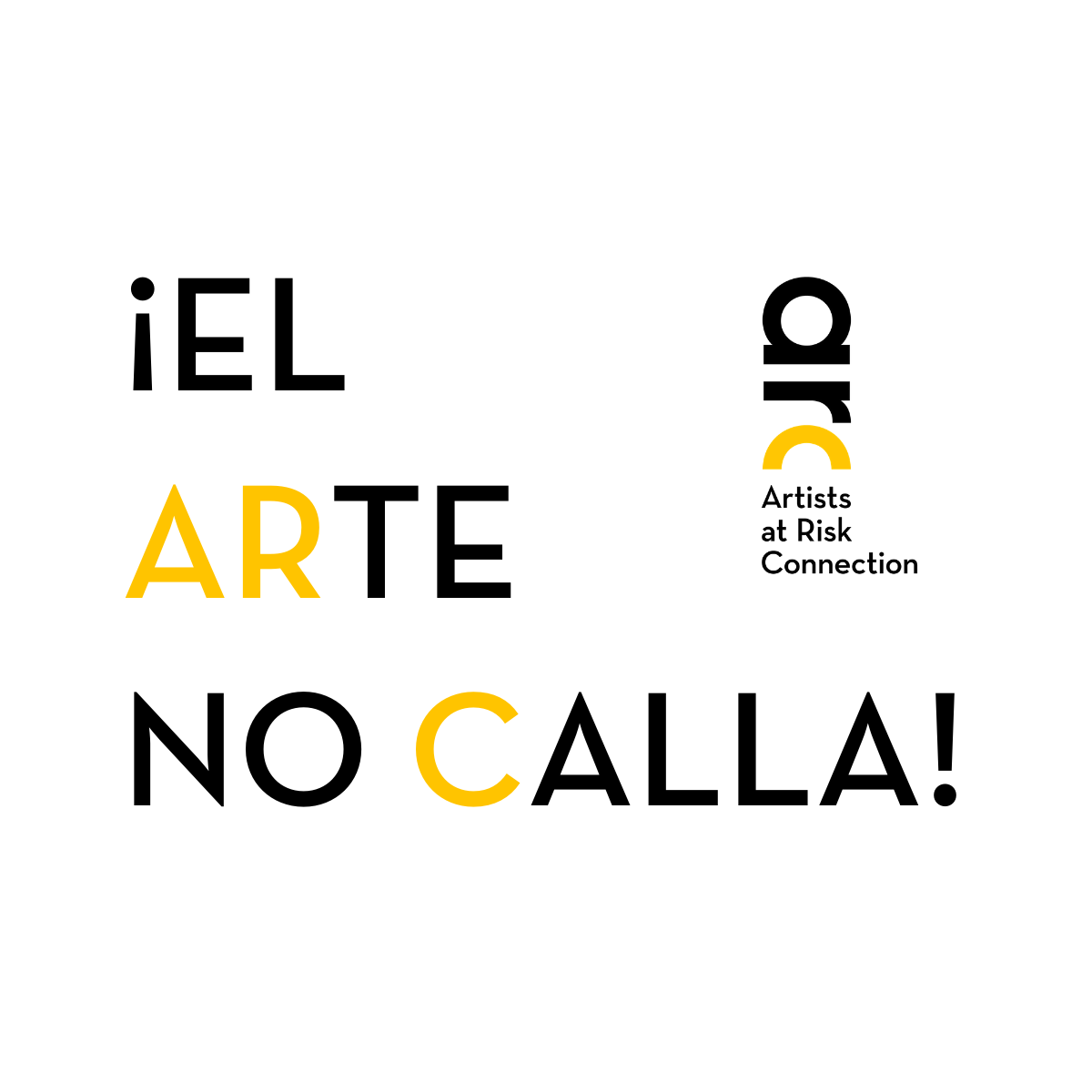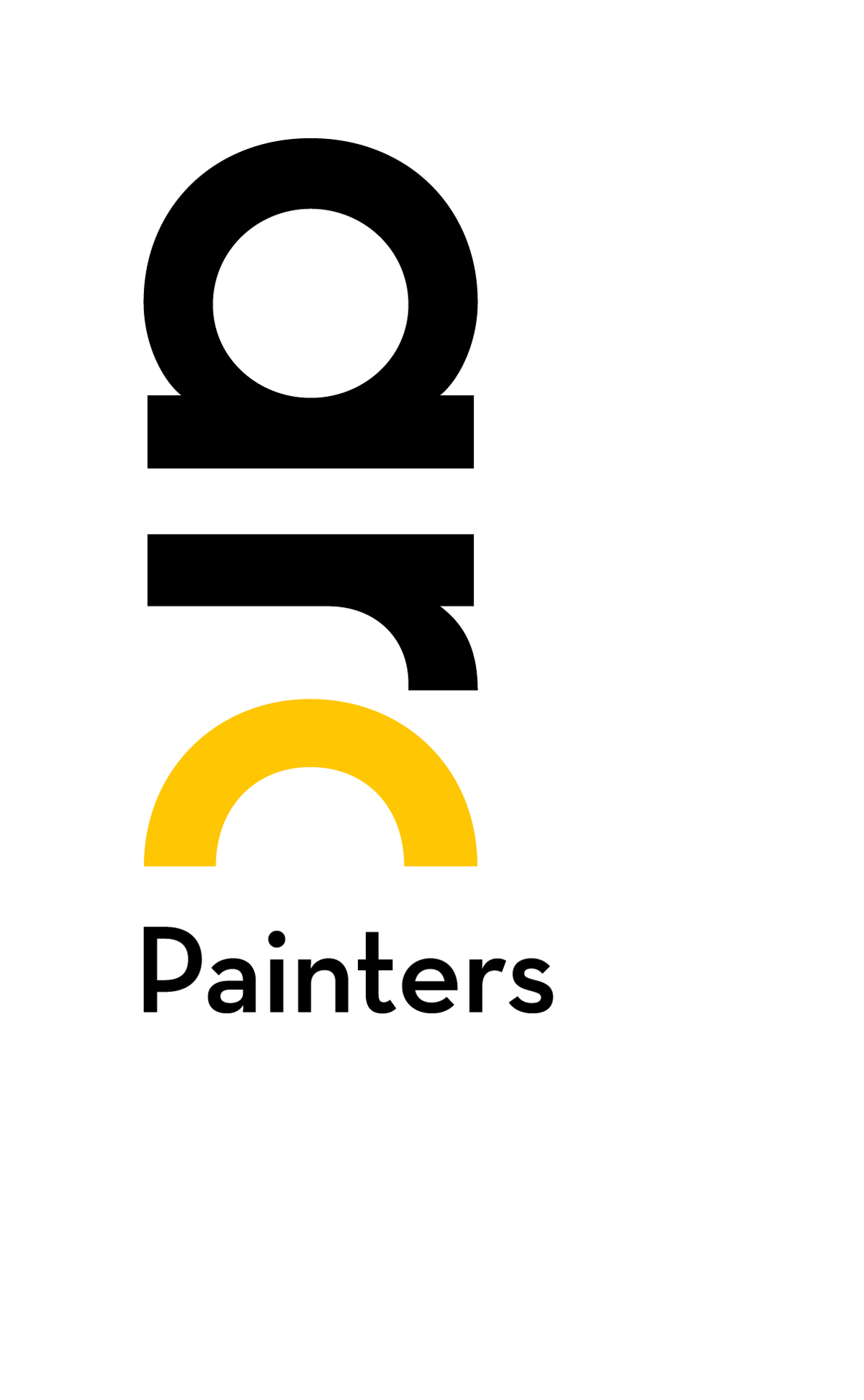¡El Arte no Calla! – Episode 3: Politics of Fear and COVID-19 in Honduras with Dina Meza
“¡El Arte no Calla!,” a new monthly Spanish-language podcast of the Artists at Risk Connection (ARC), explores art, freedom of expression, and human rights in Latin America. In each episode, ARC’s Latin America Representative Alessandro Zagato will invite a different guest to help analyze the varying states of artistic freedom in Latin America and the violations that artists and activists are suffering in the region.
Episode 3: Politics of Fear and COVID-19 in Honduras with Dina Meza
In this episode, we discuss the context of Honduras with Dina Meza, journalist and writer of international fame and co-founder of PEN Honduras. Since its creation in 2014, PEN Honduras has suffered repeated attacks and hostilities from authorities, with members imprisoned, tortured, and forced into exile.
AZ: Welcome Dina. I wanted to ask you how the situation is in Honduras now in terms of human rights and freedom of expression.
DM: We are living in a very difficult time. Clearly, the country’s economic, political, and social crisis has been deepening since the coup of 2009, as the local ruling class, together with the economic and military support of the United States, have dismantled public institutions and started using the police to contain and repress dissident voices. The COVID-19 crisis has just highlighted the condition of extreme poverty shaping this country, with a collapsed healthcare system exacerbating corruption and privatization. The authorities have left the people completely helpless. Moreover, the Covid-19 crisis is being used by the corrupt government (which, by the way, kept ruling the country after an electoral fraud – Hernandez is there for the second term). They are sending out the message that elections are not as important as making sure that Hondurans don’t get infected. The problem is that cases are soaring and the system is already on the verge of collapse.
AZ: Undoubtedly, this situation is common to many Latin American countries, where governments are taking advantage of the pandemic to increase censorship and repression. The cases of Chile and Colombia, which we discussed in the first two episodes of this podcast, are symptomatic. A process of strong militarization is currently shaping Honduras. I wanted to ask you how the cultural and artistic sectors are responding to this situation.
DM: The Honduran government has been dismantling culture in this country. They are also attempting to delete historical memory – they have done so since the 1980s, alongside the National Security doctrine imposed by the United States. After the coup, they started directly targeting artists and writers, all of the voices that did not shut up. They dramatically shrunk the Ministry of Culture by firing many employees, people whose voices were not convenient. They have even introduced a tax for artists, attacking those who can organize public events. With COVID-19, people have started working from the lockdown, using their resources to produce music, poems, and in many cases, criticism of the political system. There have been responses to this devastation demanding that the state protects culture. However, it is not convenient for them if the population is aware and engages in critical thinking, so they do not want this sector to be strong.
m-block-quote “>
“The COVID-19 crisis has just highlighted the condition of extreme poverty shaping this country, with a collapsed healthcare system exacerbating corruption and privatization.”
AZ: Indeed, we are clearly seeing how, in the context of this pandemic, cultural rights are actually human rights. In a lockdown and social distancing condition, we also acknowledge the importance of arts in our lives. Could you tell us how the process of founding and directing PEN Honduras has been in the context of widespread repression and control?
DM: In Honduras the establishment attacks dissident voices from different angles. In the fields of culture and journalism, critical voices have been slowly boycotted and silenced. In some cases, the authorities limit people’s freedom through criminal trials, threats, and so on. Many journalists and writers are currently in exile because they could not keep working. Even in our organization, we have been targeted by threats and harassment. One of our compañeras, Tomi Morales, had to leave the country. In 2017, she was even tortured by the police while she was at the National University. We were supporting student protests and their demands for rights, which made PEN Honduras very visible. John Ralston, the former president of PEN International, came to Honduras for an official visit together with other prominent members. He went to the university to speak with the rector and warn her about her response to the student protests, the fact that she did not let them speak openly, and the fact that students were not allowed to use the university media – a television and digital platform. This fact angered [the authorities]even more.
Moreover, together with the Association for Democracy and Human Rights (Asociación por la Democracia y los Derechos Humanos – ASOPODEUH), we submitted a denunciation of violation of fundamental human rights to the Inter-American Commission of Human Rights, who asked the rector to respond. After that they had us under fire. In July 2017, the students organized a hunger strike, and there was a lot of pressure on them. We were constantly visiting them to provide support and monitor the situation. In September, they arbitrarily detained and jailed Tomi Morales, as well as three other human rights defenders. They warned us that there was a strategy in place to build up a criminal trial against the two of us. In this context, she was jailed and suffered heavy physical injuries. After that, she left the country for a while, but when she came back, the situation was even worse. In November 2019, she had to leave again because staying was no longer sustainable, since she was in danger of being attacked again, or even murdered.
PEN Honduras was born in 2014, but in a short time, we undertook several actions that disturbed power groups. Cesario Padilla, another founding member of PEN Honduras and a journalist, has been going through a criminal trial since 2016. In 2017, he was condemned for usurpation [occupation]. Now, a court is keeping Cesario as prisoner, confined in his own country with a very ambiguous sentence that the court repeatedly refuses to give to us for examination. This is a strategy aimed at terrorizing the students to prevent them from protesting.
AZ: Is there a strong connection in Honduras between human rights organizations and the cultural sector? Do you think that the government’s terror strategy has fragmenting effects on networks?
DM: Despite fragmentation, many artists have lost fear and act with bravery. There are people in our community who have been persecuted since the 1980s – and we are still quite cohesive. Usually, PEN Honduras informs PEN International of attacks towards artists and writers. Moreover, PEN International runs a campaign for Honduras to ratify Article 19 of economic, social and cultural rights. This is how the connection works: when creators experience a situation of threat or risk, or a rights violation, they call us and we act with the authorities. If they get detained, we go to the police and manage their liberation, and we denounce the facts on various national and international platforms. We are allied with the Association for Democracy and Human Rights because we know that the mainstream press is censored, and we can use their digital platform, pasodeanimalgrande.com, which constitutes a tool to defend human rights and denounce systemic corruption.
m-block-quote “>
“In Honduras the establishment attacks dissident voices from different angles. In the fields of culture and journalism, critical voices have been slowly boycotted and silenced. In some cases, the authorities limit people’s freedom through criminal trials, threats, and so on.”





